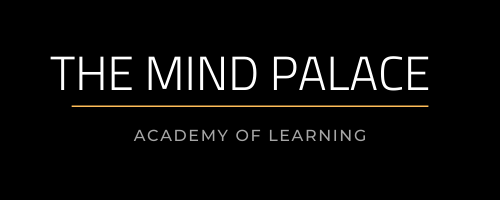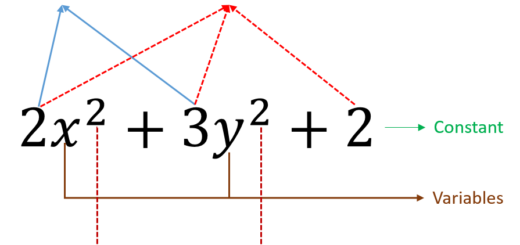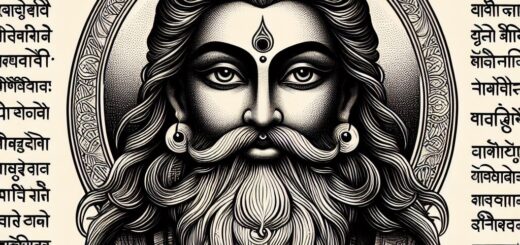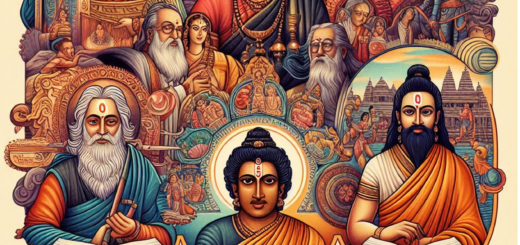OUR CONSTITUTION

Summary
Meaning and Importance of the Constitution
Constitution means a set of basic rules followed by a country. It enumerates the organs of the government, its powers and functions. There is a reference to the rights and duties of the citizens. The constitution is a reference guide to the government. No one should violate the constitution.
Importance of the constitution
The constitution is prominent as it is the fundamental law of the country. Everyone has to adhere to it.
All people including the President, the Prime Minister, Parliamentarians, Judges and officers are bound by it.It protects the rights of the citizens as all are equal before the law.
It functions as a reference guide to the duties to be performed by the government.
It co-ordinates the functions of the democratic institutions such as Legislature, Executive and Judiciary.
Drafting Committee of the Constitution
The Constituent Assembly prepared the constitution. Dr. Rajendra Prasad was elected as its President when the assembly met for the first time.
Drafting Committee
In order to hasten the process of preparing the constitution, the assembly created various committees. It also created a Drafting Committee under the chairmanship of Dr. B.R. Ambedkar.
The Constitution was adopted on January 26th, 1950.
The Constitution declared India as a republic. In order to mark the adoption of Constitution, every year January 26th is marked as the Republic Day and it is a national festival.
The first general elections of India were held between 1951-52. The parliament with bi-cameral legislature LokSabha and RajyaSabha came into force in 1952.
Preamble to the Constitution
The Constitution of India begins with a Preamble. The Preamble is considered as the heart of the Constitution as it represents the dream and ideologies of the people. Justice, Freedom, Equality, Self Respect, Fraternity and National Integrity are the ideologies that find reference in the Preamble.
Our constitution has its own unique features
Written Constitution:-The Indian constitution is in the written form. This is the lengthiest constitution in the world. The structure, power and extent of power of three organs of the government such as Legislature, Executive and Judiciary are explained. There is a single constitution both for central and state governments. Therefore, the size of the constitution is big.
Republic:-The constitution has declared India as a republic. In case of republican system, there is no rule of the king. Instead, there is the rule of elected representatives by the people. India which has this kind of political system is known as the democratic republic.
Fundamental Rights and duties:-The Constitution guarantees six fundamental duties to citizens at present. The state can never pass any law that curbs these fundamental rights. In case of violation of fundamental rights, the Judiciary has the power to rectify it. The citizens cannot exercise their rights as per their whims and fancies. The Eleven fundamental duties are there in the constitution.
Secularism:-The constitution upholds the principle of secularism. The governments are expected to make no discrimination on the basis of religion and are expected to treat all religions equally. The government considers no religion as its religion. Every citizen is at freedom to practice religion of his choice and faith. The government has the authority to control the freedom to practice one’s religion in the interest of the public interest.
Independent Judiciary:-The Judiciary is independent of executive and legislature and has adequate powers. Neither the government nor the parliament can interfere with the functioning of the Judiciary.
Universal Adult Franchise:-The system of electing representative through voting of adult members (18 year and above) is called Universal Adult Franchise. All citizens are eligible for voting without any discrimination. Then, a good government comes to power.
Election system:-India is the largest democracy in the world. In the past six decades, periodic elections have been conducted. The system of democracy has been adequately deep-rooted in our country. It is still a satisfactory system, in spite of certain demerits.
New Terms
a)Drafting committee of the constitution
The Committee that prepared a draft constitution and placed in the Constituent Assembly for discussion and approval.
b)Democratic :The rule of the people.
EXERCISES
Discuss in groups and answer
1)What is Constitution?
Ans:A constitution means a set of basic rules followed by a country. It is a reference guide to the government.
2)Who was the president of the Constituent Assembly?
Ans: Dr.Rajendra Prasad was the president of the constituent assembly.
3)What was the role of Dr. B R Ambedkar in drafting of the Constitution?
Ans:B .R. Ambedkar was the chairman of the Drafting Committee.
4)On which day India was declared as a republic?
Ans:On January 26th, 1950 India was declared as a republic.
5)What is Adult franchise?
Ans:The system of electing representatives through voting by adult members (18 years and above) is called universal Adult Franchise.
6)What is a Republic?
Ans:A Republic is the rule of elected representatives by the people. The post is not hereditary.
7)What is secularism?
Ans:Secularism means that every citizen is at freedom to practice the religion of his choice and faith.
Discuss
1.Discuss the principles and ideals appear in the preamble of the constitution
Ans:The preamble is considered as the heart of the constitution as it represents the dream and ideologies of the people.The people of India having solemnly resolved to constitute India into a sovereign socialist democratic republic and to ensure that citizens have social, economic, and political justice.A citizen had freedom of thought, expression, belief, faith and worship, equality of status and employment and all fraternity and assuring the dignity of the individual.




























